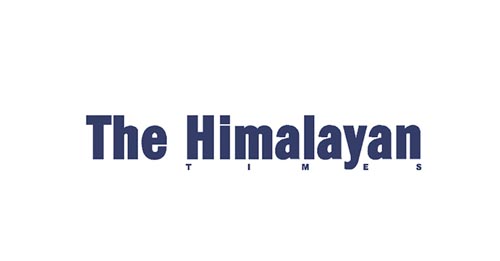EDITORIAL: Opaque deal
There is no point in creating an institution like Investment Board Nepal and then trying to weaken it
It defeats all rationale as to why the government would want to scale down the energy output of the Tamakoshi III hydropower project to less than a third of its potential when India and Bangladesh are opening up their markets to Nepal’s power. The project has a potential of generating 650 MW of electricity, but an agreement signed between the developers -- two Chinese companies and a Nepali company - has reduced that capacity to just 200 MW. The joint venture agreement was signed between China’s YEIG International, Shanghai Investigation, Design and Research Institute, and Nepal’s TBI Holdings in Kathmandu on Thursday in the presence of Minister for Energy, Water Resources and Irrigation Barsha Man Pun and Vice-Governor of China’s Yunnan Province, Zhang Guohua. One fails to understand why the signing ceremony was hushed up, as it came to light only after the Chinese news agency, Xinhua, leaked it. The construction of the project is to start early next year and begin generating power in the next three-and-a-half years. The project is being developed at a cost of US$ 500 million.
As with all major hydropower projects, the Tamakoshi III has seen its fair share of twists and turns starting from 2007, when the government awarded the survey license to a Norwegian company, Statkraft. The company had carried out the feasibility study and also the environmental impact study. It was to invest US$ 1.5 billion in the project to generate 650 MW of power, but the company withdrew from the agreement in 2015, stating there was no guaranteed market for the electricity that would be generated. And its decision might have been justified at the time because the Indian government’s stringent Guidelines on Cross Border Trade of Electricity, issued in December 2016, would allow only projects developed with Indian investment - with 51 per cent equity investment of Indian public and private companies - and those with government investment of the concerned countries to export power to the Indian market. But things have changed since then, with India now agreeing to buy Nepal’s surplus energy and also allowing the use of its transmission lines to export Nepal’s energy to third countries, namely Bangladesh.
There are speculations in the media as to why the Tamakoshi III project, which was initially being promoted by Investment Board Nepal (IBN), was snatched by the Ministry of Energy. In approving the agreement, was the ministry acting in accordance with the law? Only IBN is mandated to approve projects above 500 MW, so why did it act on a project that was not under its jurisdiction? It might be recalled that IBN had earlier, through a letter to the Prime Minister’s Office, the Ministry of Energy and other stakeholders, shown resentment for giving TBI Holdings the survey license of the project without competition. The ministry must be transparent in its dealings and tell the public why the project was brought under its flap and why its capacity was reduced. There is no point in creating an institution like IBN and then trying to weaken it. We can attract foreign investment, especially in the power sector, only when the laws are not tampered with.
Zinc deficiency
Zinc deficiency in the Tarai region is causing stunting in Nepali children, according to a recent research conducted by an American team of agriculture scientists. The researchers have said that soil in western Tarai has the lowest zinc content and that crops harvested in such soil did not have zinc necessary for the growth of Nepali children. Zinc deficiency was also found in Saptari, Sunsari, Siraha and some other Tarai districts.
According to Nutritionist Uma Koirala, zinc helps in absorption of minerals, such as calcium and protein. Zinc also helps in the growth of bones and muscles and healing of wounds. So far, the government has been providing fortified foods in six districts of Karnali Province and Solukhumbu. Scientists say availability of zinc continued to decline after farmers started using chemical fertilisers instead of manure. Deficiency of zinc can be addressed either by using zinc sulphate in the nursery beds or by using it in the fields after plantation. Farmers are also advised to plant leguminous plants, such as peas, beans, lentils, soy and peanuts at least once a year. Children are defined as stunted if their height-for-age is more than two standard deviations below the WHO standard.






